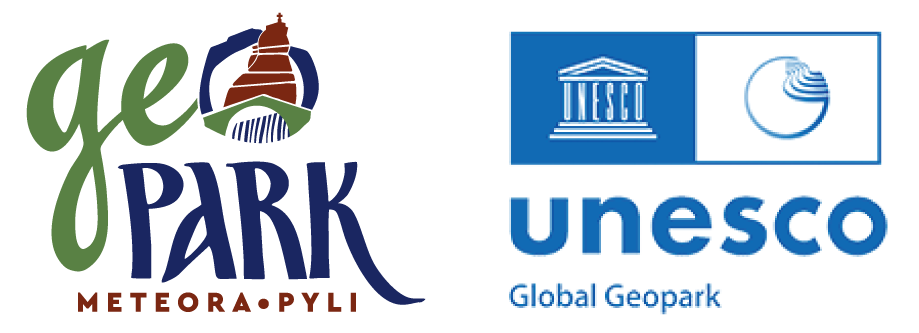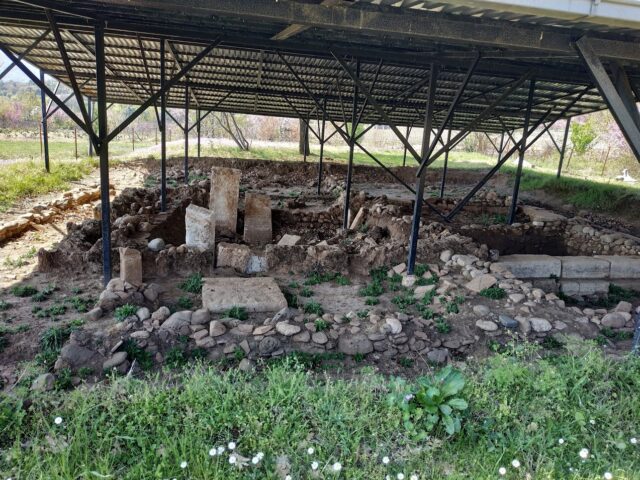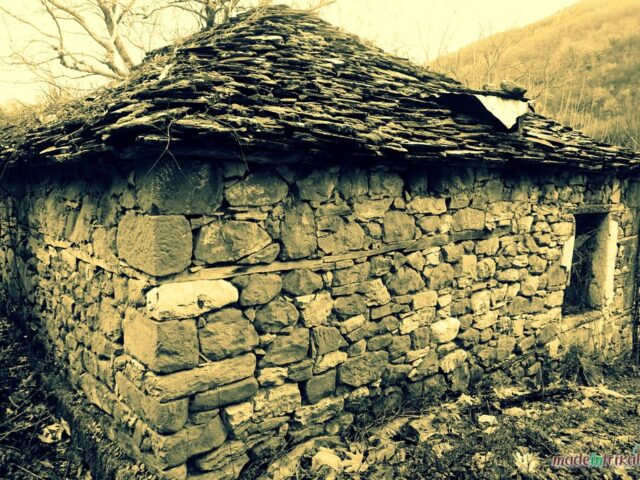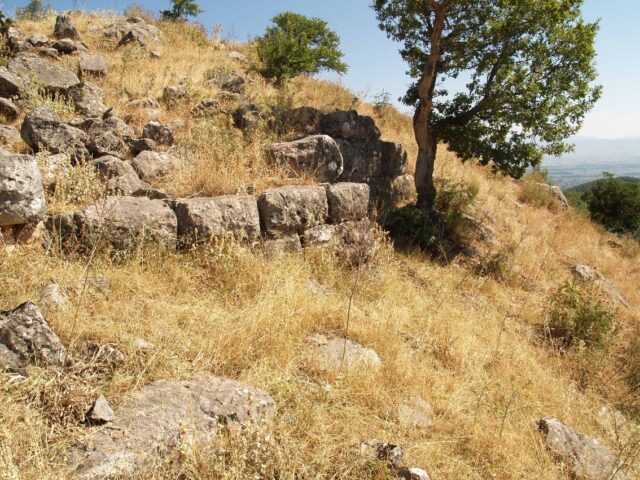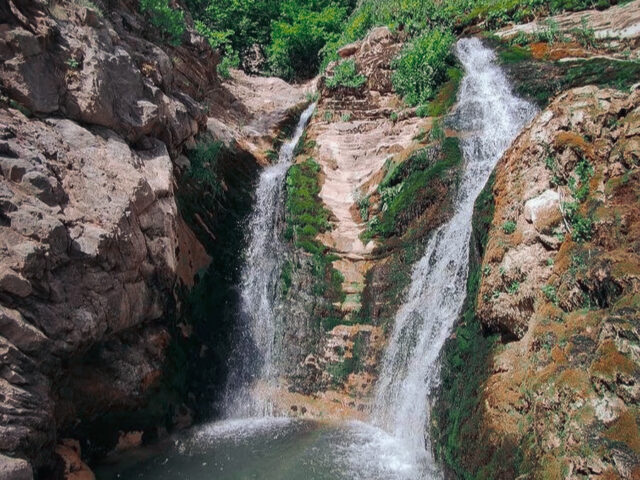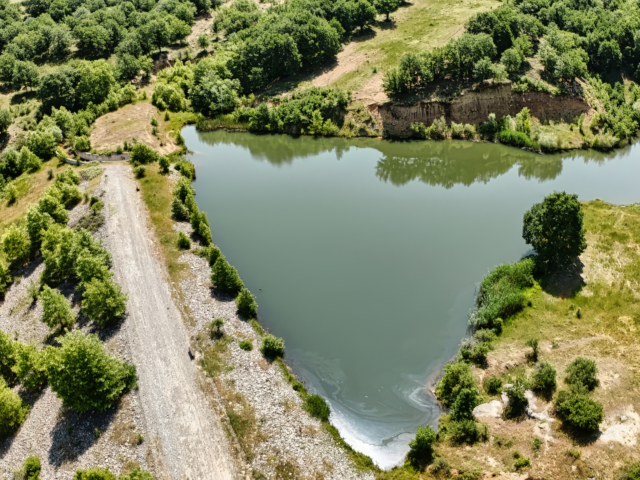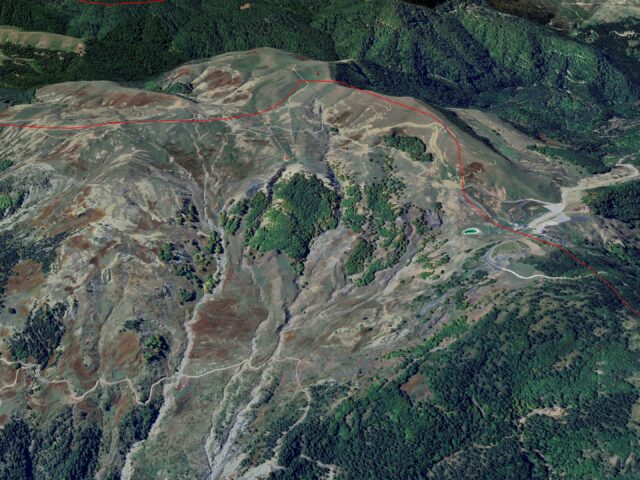Category: Geosites of Meteora – Pyli Geopark
The geosites of the Geopark combine unique geological history, natural beauty, rich biodiversity and cultural significance.
Geosites of archeological interest
Sites that bear witness to man’s primeval relationship with space, such as caves, archaeological sites and recorded prehistoric traces.
Geosites of Environmental Interest
Areas of rare natural beauty and biodiversity, hosting unique ecosystems and species of flora and fauna.
Geosites of Geological Interest
21 Geosites of natural and geological importance recognised by UNESCO. Discover the hidden treasures of Meteora – Pyli Geopark.
Geosites of Historical – Cultural Interest
Points of particular cultural importance, such as historical monuments, traditional settlements, monasteries and myths associated with the place.
The remains of the ancient city of Gomfoi are located within the administrative boundaries of the Regional Unit of Karditsa – Municipality of Mouzaki, in an area that highlights the historical and strategic significance of the settlement in antiquity. Within the boundaries of the Regional Unit of Trikala – Municipality…
View moreAncient Pialia is located between Karvounolepenitsa (modern Pialia) and Xylopariko, on a conical peak (site Palaiokastro, elevation 400 m), overlooking the plain and connected to Mount Koziakas. The peak is surrounded by a strong wall, irregular isodomic trapezoidal in shape, dating to the 4th century BC, which was partially investigated…
View moreAt the base of a steep slope southwest of the village of Pyrra, lies the site of Kazania. Kazania is a series of rock pools, sculpted by the flow of water, with successive small waterfalls. The natural swirling of the torrential water in the cavities was used for washing clothes…
View moreThe artificial lake of Skepari is located 500 meters south of the homonymous settlement, with easy access via a passable dirt road. It is a reservoir that was constructed in 2009 for the collection and storage of irrigation water. The site is located in the molasse formation of Eptachori (age…
View moreIt is the newest ski center in Greece (2012) and is located at an altitude of 1650 – 1850 meters. The western part of the ski resort belongs to Epirus (Metsovo Municipality) while the eastern slopes of the ski resort are located within the Meteora – Pylis Geopark (Meteora Municipality)….
View moreSEARCH
Looking for more?
Cras rutrum tellus et vulputate accumsan. Sed id ultricies mauris, nec semper nisl.
